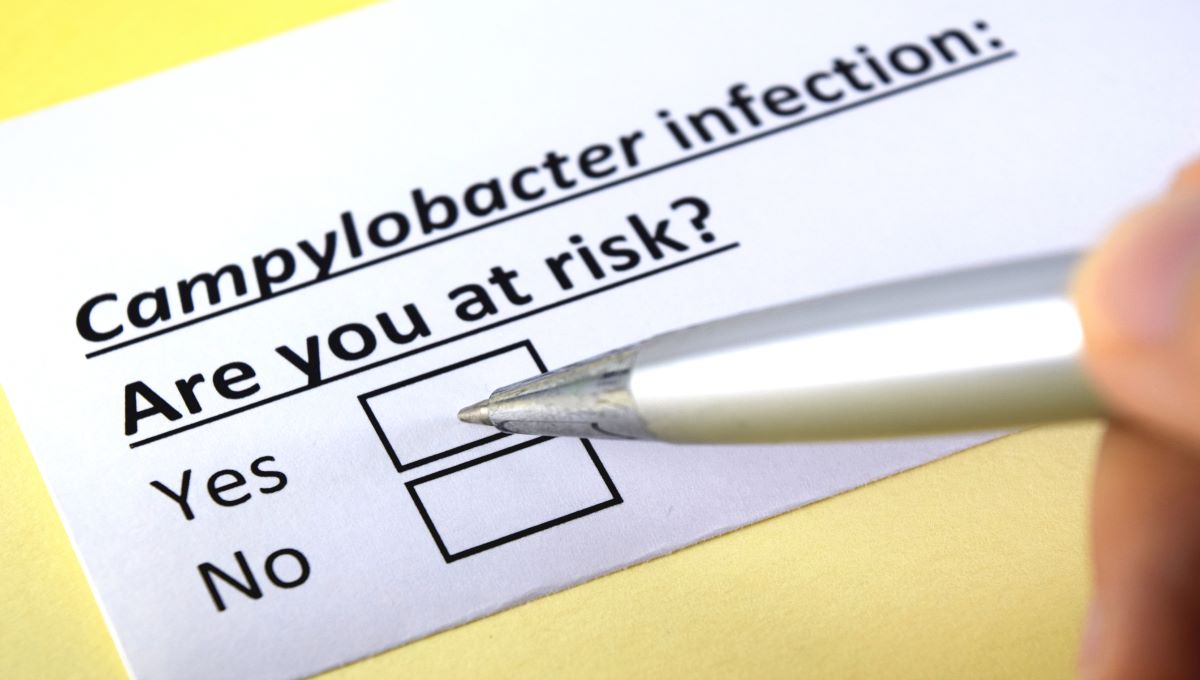
The main risk factor for Campylobacter infection in Australia is eating chicken meat, according to a recently published study.
Researchers recruited confirmed cases of campylobacteriosis reported to some health departments from February 2018 through October 2019. Controls came from notified influenza cases in the previous 12 months. There were 571 Campylobacter cases and 586 controls.
Important risk factors included eating undercooked or cooked chicken or owning a dog aged less than six months, found the study published in the journal BMC Infectious Diseases.
Scientists estimated that 42 percent of campylobacteriosis cases in the study were attributable to cooked or undercooked chicken.
The risk associated with eating cooked chicken may be explained through surface or utensil cross-contamination from raw chicken during meal preparation, or patients being unaware they consumed undercooked chicken, according to the study.
Differences by Campylobacter type
Risk factors remained similar when analyzed for Campylobacter jejuni. Unique risks for Campylobacter coli infection included eating chicken pâté and delicatessen ham, chicken, turkey, or beef, also known as cold cuts or sliced meats.
Eating delicatessen meats was attributed to 31 percent of Campylobacter coli infections and eating chicken pâté attributed to 6 percent.
Australia has a high incidence of campylobacteriosis compared with other high-income countries.
Australian retail raw meat, including poultry, is not subject to microbiological limits. However, voluntary guidelines of less than 6,000–10,000 colony-forming units of Campylobacter per poultry carcass exist for the sector.
Telephone questionnaires were used to collect information on known risk factors in the seven days prior to illness onset, and the seven days prior to the interview for controls.
Campylobacter coli patients were older than those with Campylobacter jejuni and a higher proportion were males compared to Campylobacter jejuni patients.
Eating chicken kebabs and duck were associated with campylobacteriosis. Chicken kebabs remained a risk factor for Campylobacter jejuni.
Other risk factors
Some foods and exposure locations were associated with reduced odds of campylobacteriosis. These included cooking food on a barbecue, eating outside the home, and consumption of non-poultry meats such as ground beef or veal and cooked lamb.
Contact with chicken feces or owning a pet dog aged less than six months were associated with campylobacteriosis. Other risk factors for Campylobacter jejuni patients were owning a cat aged less than six months, visiting a private farm, and feeding a pet dog raw chicken necks.
Raw meat-based diets for dogs could pose a risk of Campylobacter infection and the study found a potential link between people who fed their cat raw kangaroo meat and Campylobacter jejuni infections.
To reduce the risk of transmission from pets to humans, measures include good hand hygiene practices following animal handling; feeding young pets cooked meat products or commercial canned and dry foods and routine cleaning and disinfection of animal contact surfaces.
Researchers said communication with and education of consumers about the risks associated with handling raw meats including proper food handling, preparation and hygiene practices is recommended as one approach for personal risk reduction.
“Additionally, continued engagement with industry partners, particularly in the poultry supply chain, is required to identify means of reducing Campylobacter prevalence in, and concentration of Campylobacter on, chicken meat.”
(To sign up for a free subscription to Food Safety News, click here.)
